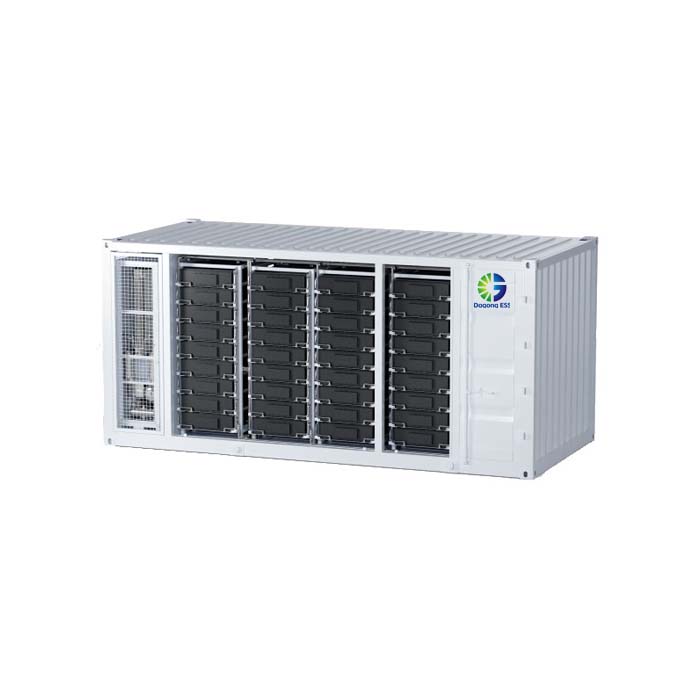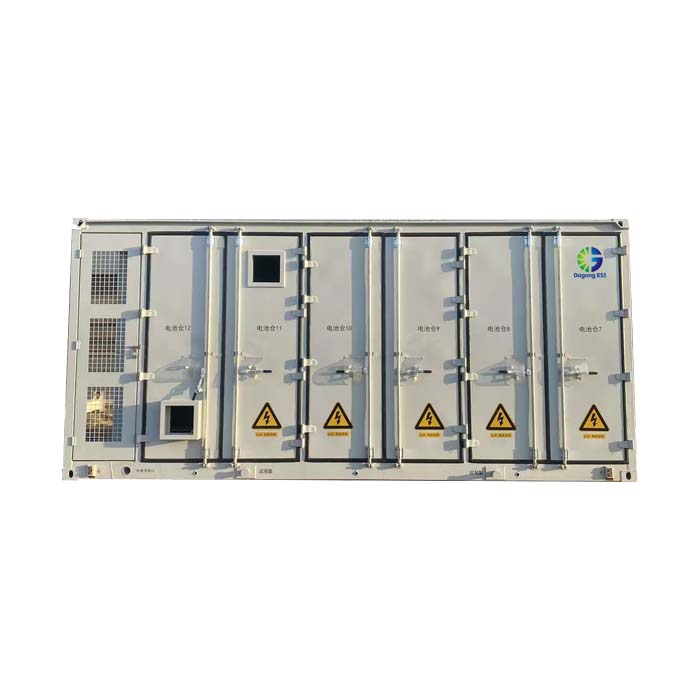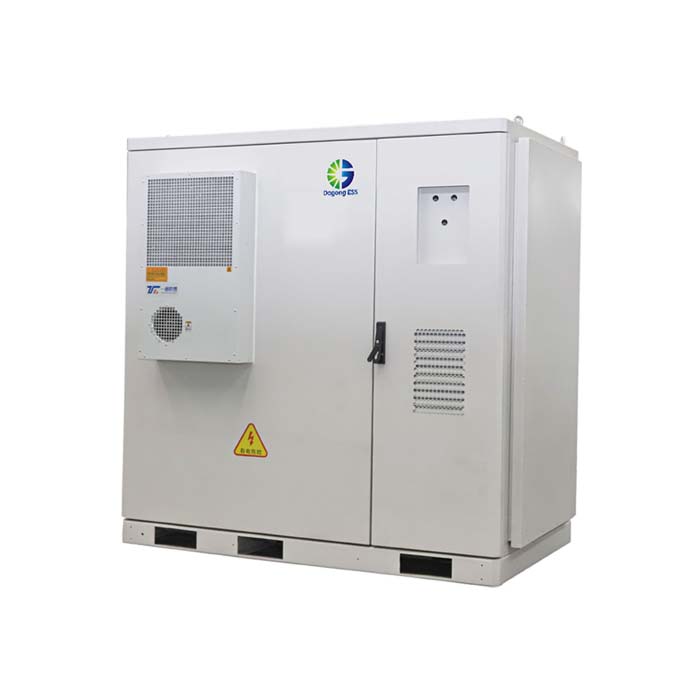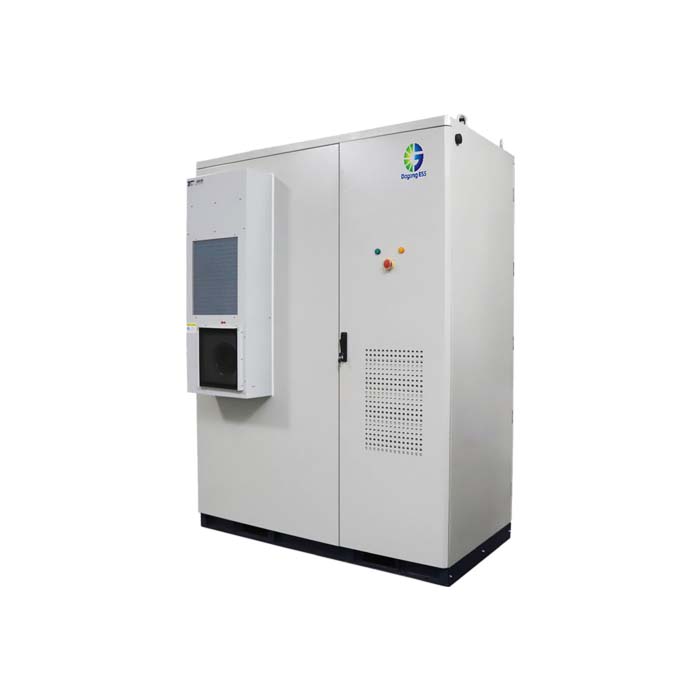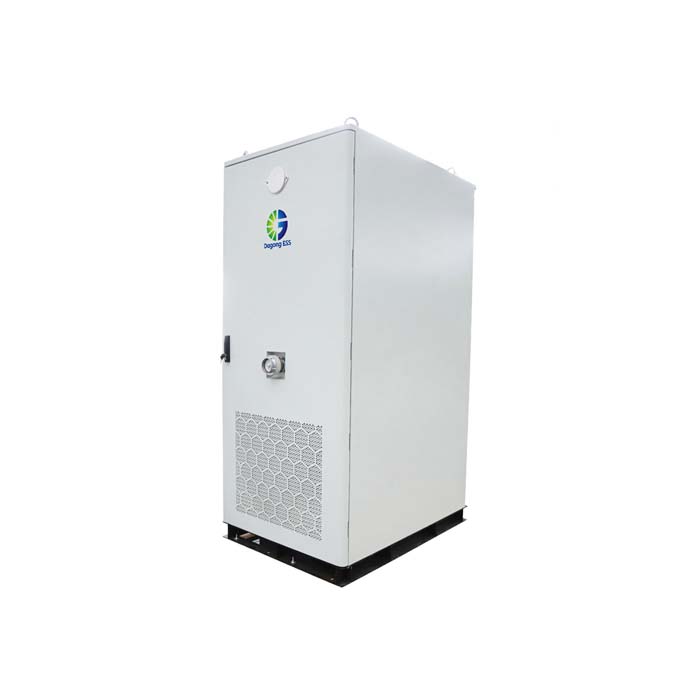DC vs AC Energy Storage System: Tech & Market Comparison
DC-Side vs AC-Side Energy Storage: Comprehensive Technical Analysis and Market Comparison
Under the global energy transition and "dual-carbon" goals, energy storage technology has become a core solution for balancing power supply-demand and enhancing renewable energy integration. Energy storage systems are primarily categorized into three types: DC-side systems, AC-side systems, and load-side systems. Among these, DC-side and AC-side energy storage have emerged as two dominant approaches due to their distinct technical pathways and application scenarios. This article provides an in-depth analysis of their key differences, technical features, and market applications.
System Architecture and Energy Flow
DC-Side Energy Storage
Energy Path: PV → DC/DC converter → Battery → DC load or AC via inverter.
Efficiency Advantage: Energy flows only through DC circuits, achieving ~95% efficiency with lower losses.
Configuration: PV panels and batteries share a single inverter, reducing component count and lowering construction costs.
Design: Unified inverter management simplifies system architecture.
AC-Side Energy Storage
Energy Path: PV → Inverter → AC grid → PCS (Power Conversion System) → Battery.
Efficiency: Multiple AC/DC conversions reduce efficiency to ~90%, but enable multi-source coordination.
Configuration: Independent inverters for PV and batteries offer greater flexibility.
Design: Supports full-power discharge and parallel/independent operation modes.
Key Difference:
DC-side systems suit off-grid/microgrid applications, while AC-side systems excel in grid-tied renewable integration.
Technical Features
1. AC-Side: The "High Ground" of Power Electronics
AC-side systems connect via AC busbars and include PCS, EMS, and step-up transformers. Features:
Grid Compatibility: Direct integration with existing AC grids, ideal for retrofitting older plants.
Smart Control: PCS enables optimized charge/discharge strategies for grid frequency/peak regulation.
Flexible Deployment:
Shared transformer connection with existing plants.
Independent high-voltage grid connection.
Applications: Grid-side storage, commercial/industrial systems, and islanded microgrids.
Technical Barrier:
Demands advanced power electronics R&D capabilities, particularly in PCS development.
2. DC-Side: The Battery Technology "Arena"
Centered on battery packs with BMS, DC/DC converters, and safety systems. Features:
High Integration: Direct DC coupling minimizes conversion stages.
Cost Efficiency: Eliminates complex inverters, reducing CAPEX.
Applications: New PV-storage hybrid projects, especially off-grid systems.
Technical Barrier:
Lower entry threshold makes it a battleground for battery manufacturers.
3. Market Applications
AC-Side: 30GWh global shipments in 2024, with Chinese firms holding 3 of top 5 spots.
DC-Side: Intense competition among battery suppliers.
Trend:
Fierce competition driving simultaneous tech innovation and capacity expansion.
Future Outlook
AI Integration: Advanced algorithms for predictive energy management.
Hybrid Systems: Combined DC/AC solutions for diverse scenarios.
Multi-Sector Expansion: Grid services, EV charging, and data center applications.
Dagong ESS Products Showcase
At Dagong ESS, we provide comprehensive energy storage solutions including both DC-side and AC-side systems. For example, our DC-coupled solutions are ideal for off-grid applications and new solar-plus-storage projects, offering higher efficiency with fewer conversion losses. Meanwhile, our AC-coupled systems provide greater flexibility for grid-tied applications and retrofit projects.Our expert team can help you select the optimal solution based on your specific project requirements, whether you need maximum efficiency, grid flexibility, or cost-effectiveness. Let us design the perfect energy storage system for your unique needs.
Industrial & Commercial ESS:Industrial and commercial energy storage is a storage solution applied in industrial and commercial settings. It mainly consists of a battery system along with components such as EMS (Energy Management System), BMS (Battery Management System), and PCS (Power Conversion System). Its core functions include reducing electricity costs by leveraging the price difference between peak and off-peak hours, serving as an emergency backup power source during grid failures to ensure the operation of critical equipment, improving power quality by regulating power factor and mitigating harmonics, and balancing electricity load.
Residential ESS:The Residential Energy Storage System refers to energy storage solutions designed for residential or light commercial use. These systems allow for the efficient storage and management of electrical energy, typically derived from renewable sources such as solar panels, and can be used to power homes or small businesses during periods of high demand or when renewable energy generation is not available.
Frequently Asked Questions
Q1: What is the difference between AC and DC energy storage?
A:Key takeaways: AC coupling involves three conversions, resulting in minor energy losses that make it slightly less efficient. DC coupling only involves one conversion that maximizes energy use for greater efficiency but DC coupled batteries can be more difficult to integrate into existing solar energy systems.
Q2: Why is DC current not used in homes?
A:DC current is not widely used in homes because AC (Alternating Current) is more efficient and practical for power transmission and distribution over long distances. AC can be easily transformed to different voltage levels using transformers, reducing energy loss and making it easier to adapt to various appliances.
Q3: Are solar panels AC or DC?
A:Solar panels produce DC (Direct Current) electricity. Since most homes and appliances use AC (Alternating Current), an inverter is needed to convert the DC electricity from the solar panels to AC.



